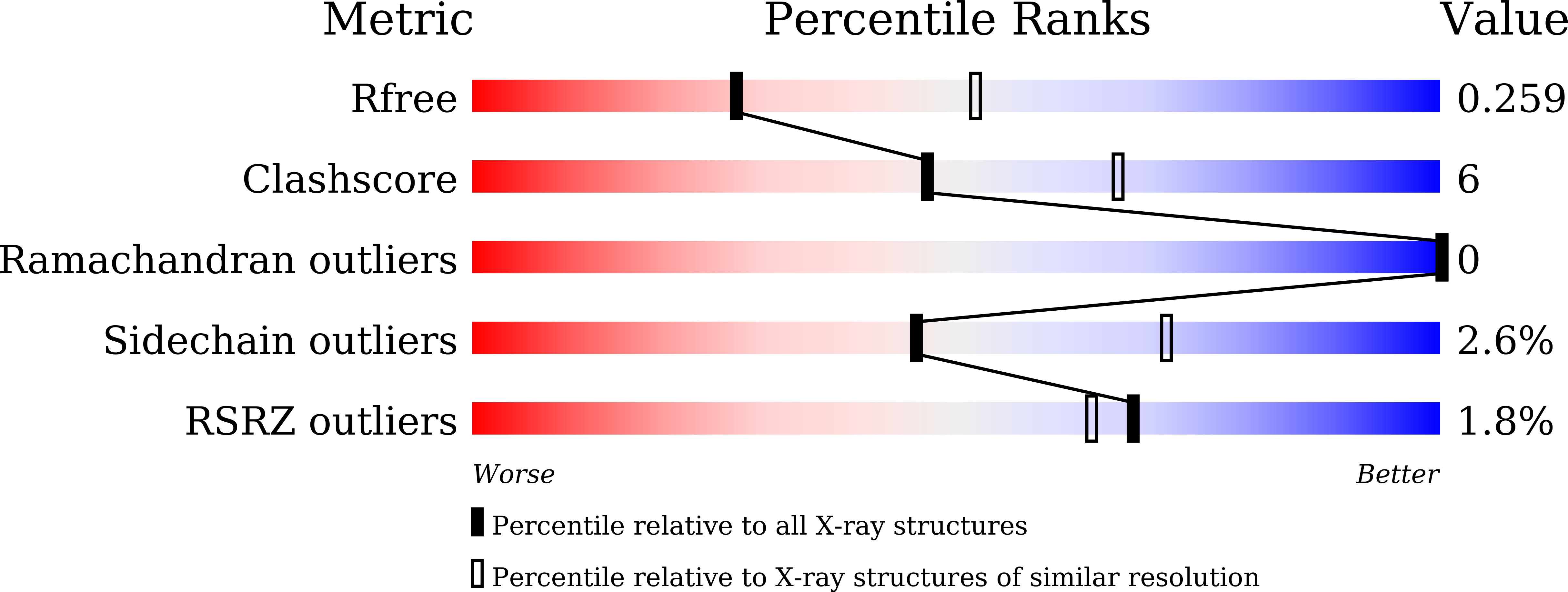
Deposition Date
2016-03-13
Release Date
2017-02-15
Last Version Date
2023-11-08
Entry Detail
PDB ID:
5B3V
Keywords:
Title:
Crystal structure of biliverdin reductase in complex with biliverdin and NADP+ from Synechocystis sp. PCC 6803
Biological Source:
Source Organism:
Synechocystis sp. (Taxon ID: 1111708)
Host Organism:
Method Details:
Experimental Method:
Resolution:
2.59 Å
R-Value Free:
0.25
R-Value Work:
0.20
R-Value Observed:
0.21
Space Group:
P 1 21 1


